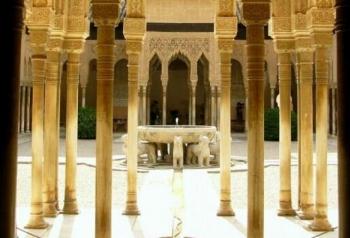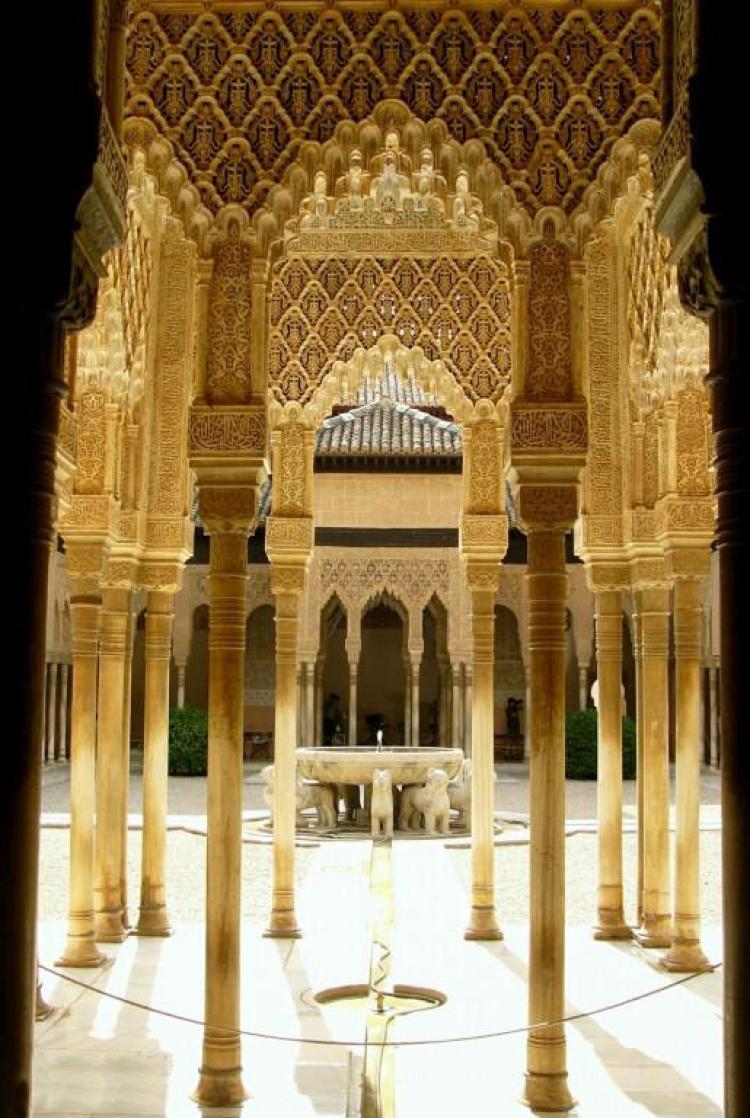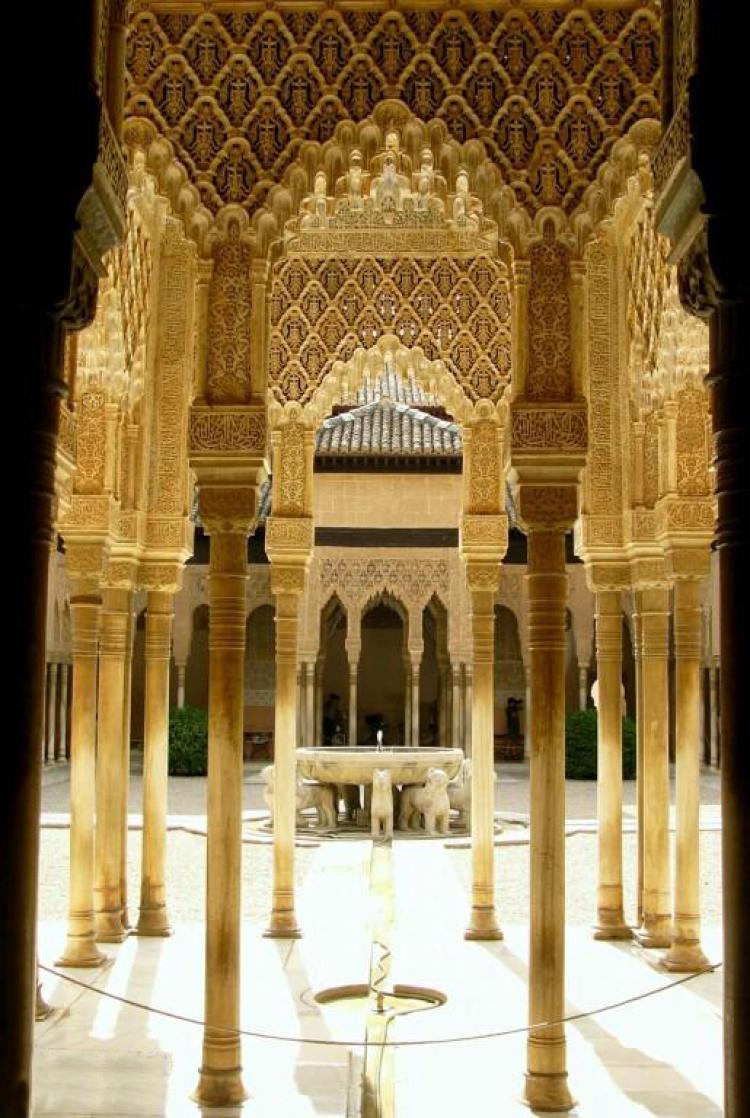Ancient Green Building Tech Revived
Just like when building sandcastles, getting the moisture levels right is all-important for constructing houses from packed earth, UK researchers say.

Rammed-earth construction is under investigation by scientists as an eco-friendly alternative to cement-based methods. Parts of Alhambra Palace in Granada, Spain (shown) and the Potala Palace in Lhasa are built from rammed earth. Jim Gordon/Wikimedia Commons under CCA-2.0 License
|Updated:




